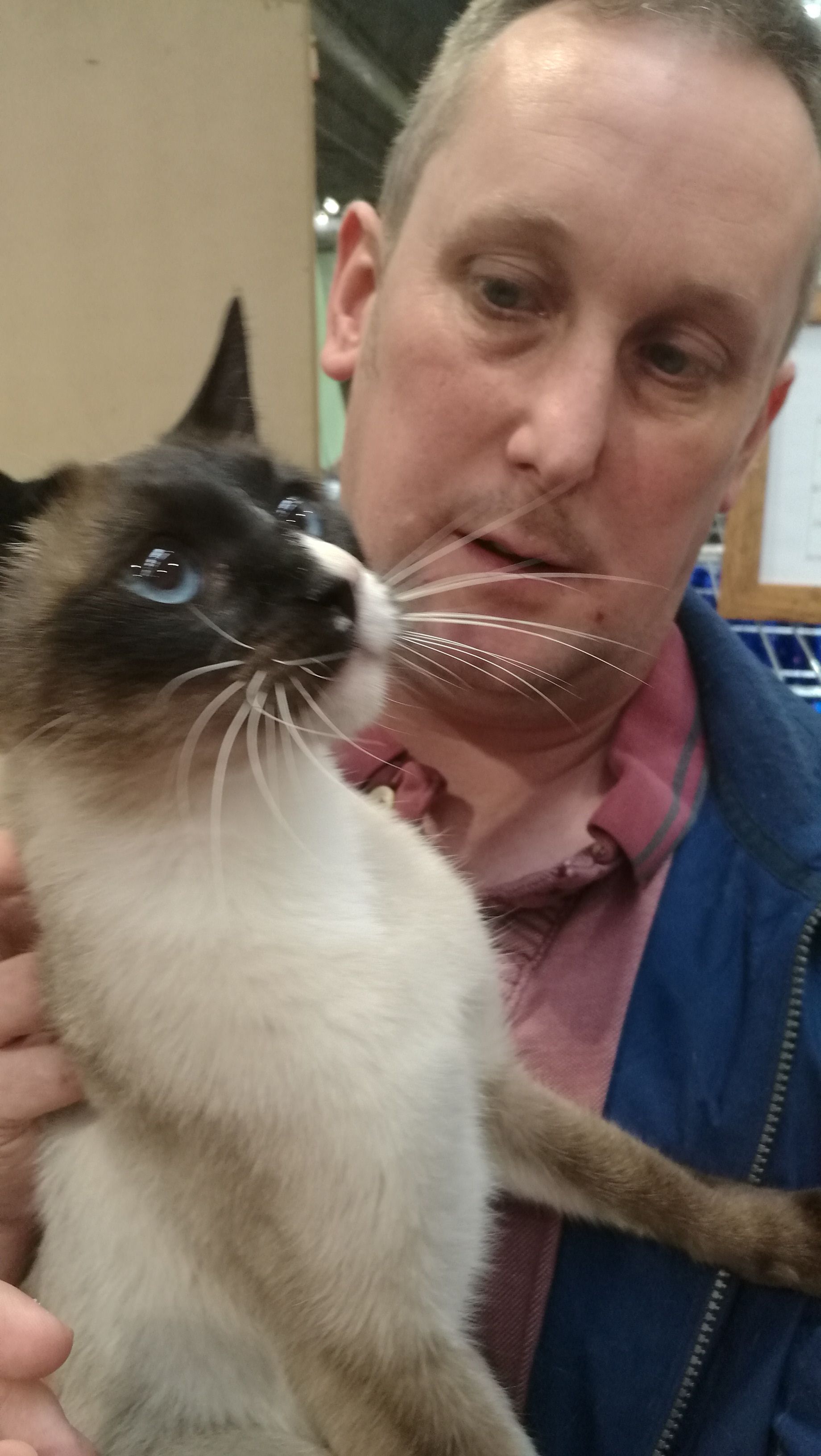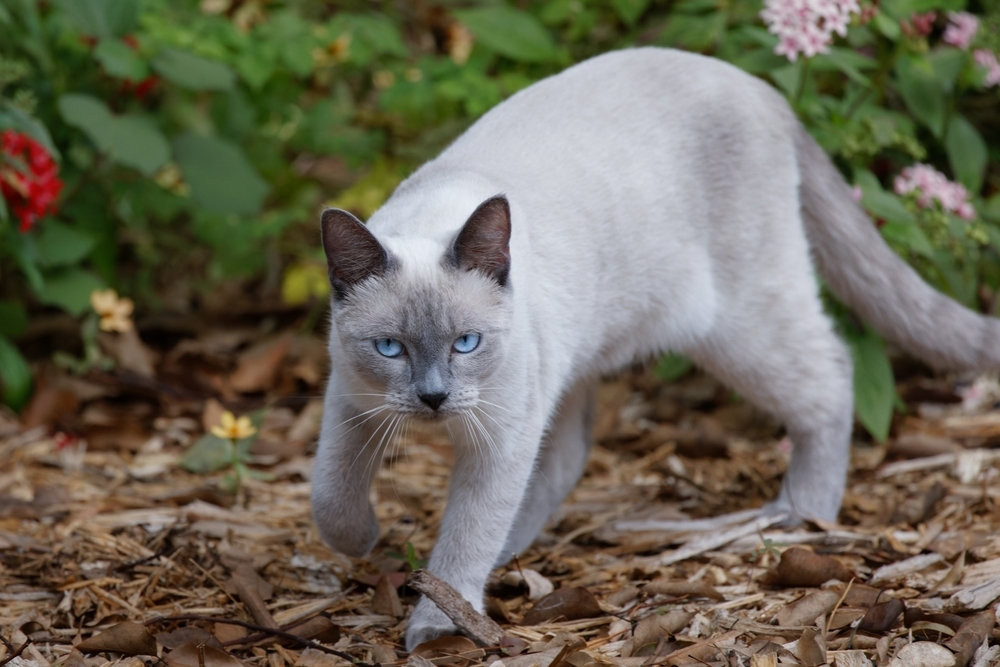Russian Blue Cats: Understanding Aggression in These Elegant Felines
Guide or Summary:Common Causes of Aggression in Russian Blue CatsManaging Aggression in Russian Blue CatsRussian Blue Cats, with their striking blue-grey fu……
Guide or Summary:
Russian Blue Cats, with their striking blue-grey fur, are often described as the "Persian of all cat breeds." They are known for their gentle and affectionate nature, making them popular pets around the globe. However, like any other living beings, Russian Blue Cats can exhibit aggression under certain circumstances. This article delves into the factors that can lead to aggression in these elegant felines and provides insights on how to manage and mitigate such behavior.
Common Causes of Aggression in Russian Blue Cats
Understanding the root causes of aggression in Russian Blue Cats is crucial for pet owners who wish to maintain a harmonious relationship with their feline companions. Here are some common triggers of aggression in these cats:
1. **Territorial Defense**: Russian Blue Cats, like many other cats, are naturally territorial animals. They may exhibit aggression if they feel their territory is being invaded by unfamiliar cats, other pets, or even humans.
2. **Resource Guarding**: Cats, including Russian Blues, may become aggressive when they perceive a threat to their food, water, or other essential resources. This behavior is a natural instinct designed to protect what they consider to be theirs.

3. **Fear and Anxiety**: Russian Blue Cats, though generally calm and composed, can become agitated and aggressive due to fear or anxiety. Loud noises, sudden movements, or unfamiliar environments can trigger this response.
4. **Jealousy and Attention Seeking**: Cats, including Russian Blues, can become possessive and aggressive if they feel they are not getting enough attention or if they perceive another pet or person as receiving more attention.
5. **Pain or Illness**: Sometimes, aggression in cats can be a sign of underlying health issues. If your Russian Blue Cat is exhibiting sudden aggression, it's essential to consult a veterinarian to rule out any medical conditions.
Managing Aggression in Russian Blue Cats
If you suspect that your Russian Blue Cat is becoming aggressive, it's important to take proactive steps to address the issue. Here are some effective strategies for managing aggression in these felines:
1. **Gradual Introduction**: When introducing new people or pets, do so gradually and in a controlled manner. This helps your cat get used to the new presence at their own pace, reducing the risk of aggression.
2. **Establish a Routine**: Cats thrive on routine, and a consistent daily schedule can help reduce anxiety and stress. Ensure your Russian Blue Cat has a predictable environment with regular feeding times, play sessions, and social interaction.
3. **Provide Adequate Enrichment**: Mental stimulation is crucial for cats, including Russian Blues. Provide them with toys, scratching posts, and climbing structures to keep them engaged and entertained.
4. **Positive Reinforcement**: Use treats, praise, and playtime to reward good behavior. Positive reinforcement helps your cat associate positive experiences with interactions and reduces the likelihood of aggressive behavior.

5. **Consult a Veterinarian**: If aggression persists or worsens, consult a veterinarian or a professional cat behaviorist. They can provide a comprehensive assessment and recommend tailored strategies to address the underlying causes of aggression.
In conclusion, while Russian Blue Cats are generally known for their calm and affectionate demeanor, it's essential to be aware of the potential triggers of aggression in these felines. By understanding the common causes and implementing effective management strategies, pet owners can ensure a harmonious and loving relationship with their Russian Blue Cats. Remember, every cat is unique, and what works for one may not work for another. Patience, consistency, and professional guidance are key to successfully managing aggression in these elegant felines.